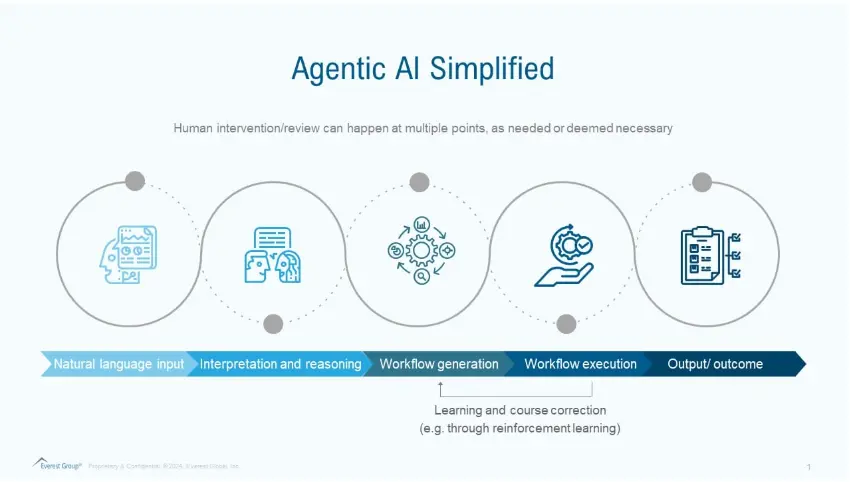January 16, 2025 - by Jay Cann
Generative AI (GenAI) advancements are happening at lightning-fast speed, moving far beyond chatbots like ChatGPT and image generators like Dall-E. Venture capital firms have invested over $1.7 billion in generative AI solutions in the last three years. In 2025, several new use cases will emerge.
As we enter 2025, Generative AI will continue transforming industries, offering unprecedented opportunities for innovation and efficiency. From transforming customer experiences to driving automation in various sectors, GenAI’s scope is expanding rapidly. As this technology matures, businesses are moving past early-stage prototypes. They are now looking for real-world applications that can deliver measurable impact.
Here are the top 5 GenAI trends to watch in 2025. These trends highlight the key developments that will shape the future of this transformative technology.
1. Agentic AI
2025 will witness the next frontier of Generative AI innovation, agentic AI, taking over the world. These intelligent agents will operate autonomously, requiring little to no human input to carry out tasks.
Goal-oriented and adaptable, agentic AI systems dynamically adapt to real-time data, improving productivity like never before. Gartner predicts that by 2028, agentic AI will make at least 15% of daily work decisions, an increase from 0% in 2024.
Microsoft is incorporating specialized AI assistants in its Copilot, designed to enhance capabilities by connecting to organizational knowledge and data sources. These AI-driven Copilot agents will automate repetitive tasks and provide contextual insights to help users make informed decisions.
Source: Everest Group
2. Implementation of Retrieval-augmented Generation
GenAI tools are powered by foundational AI models like large language models (LLMs). However, their reasoning abilities are limited. This is because they rely on datasets that are publicly available knowledge bases. They lack the domain understanding for addressing industry-specific tasks.
In the coming year, retrieval-augmented generation (RAG) will help feed relevant context and data to AI models. RAG doesn’t just rely on the data it’s been trained on. It actively seeks relevant knowledge from a specific dataset. It extends LLMs’ already powerful capabilities to exclusive domains without retraining the model, resulting in better relevance, accuracy, and quality.
This year, businesses will use RAG-based solutions to drive informed decision-making.
Conceptual Flow of Using RAG with LLMs
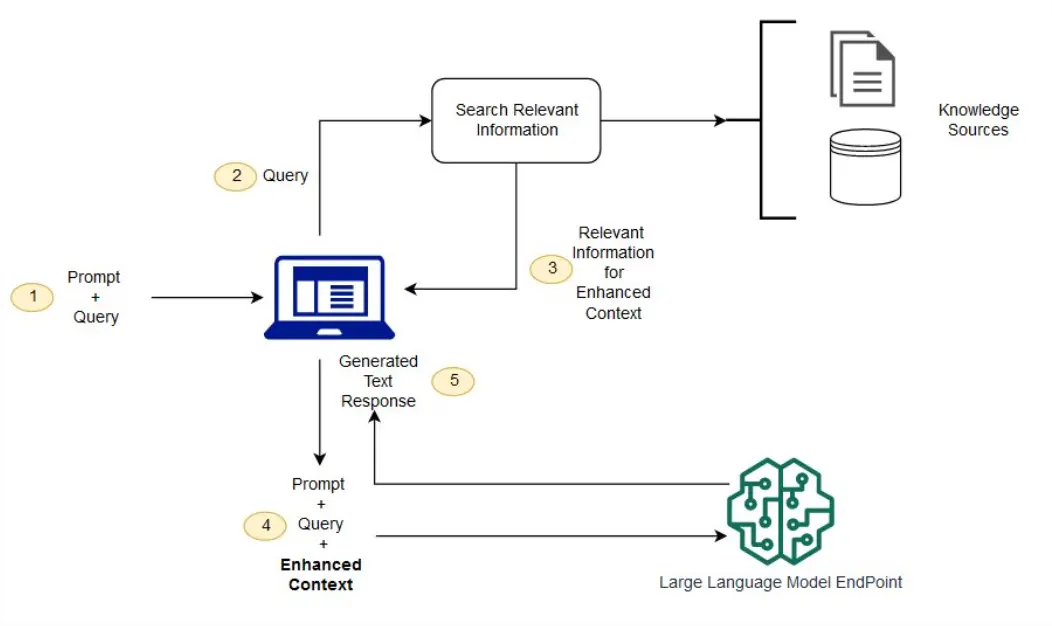
Source: AWS
3. Self-training Models
As the dependence on GenAI systems increases, self-trained foundation models will be a big trend in 2025. These models use self-supervised learning to create labels from input data. They can pre-train themselves on large amounts of data without requiring any form of supervised or unsupervised learning.
In the coming year, self-training models will enable businesses to focus on fine-tuning GenAI for specific use cases. This way, they can save time building custom models for each domain from scratch. This will help greatly speed up AI adoption in business.
It will reduce labeling requirements and make it easier to experiment with AI. Organizations can build efficient AI-driven automation and applications and deploy AI in a broader range of mission-critical situations.
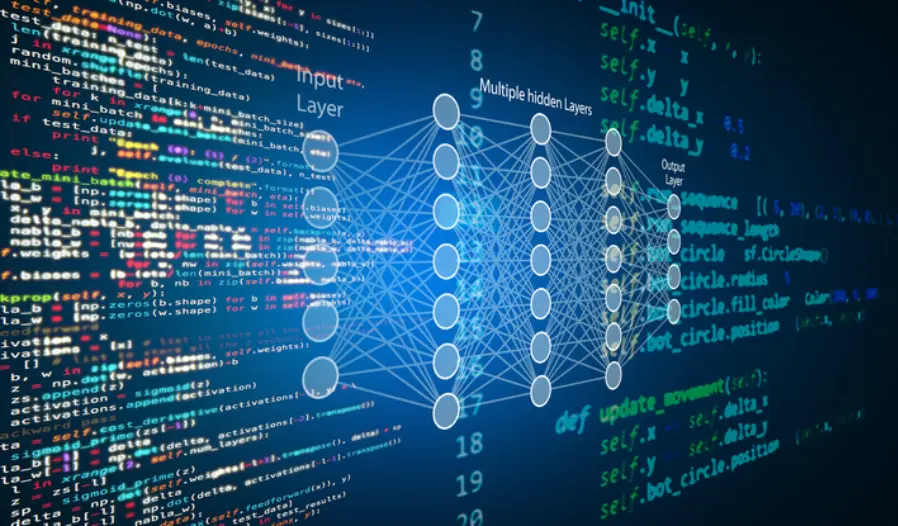
Source: Data Science Central
4. Inference Scaling
2025 will significantly shift how businesses approach and utilize AI models. Inference scaling will create a new paradigm that redefines what AI can achieve. This approach improves model performance by focusing on inference-time compute instead of training. It allocates more resources during inference.
OpenAI o1, for instance, will spend more time thinking before it responds. It will consider the right approach to solving a problem rather than just providing a quick response. This will lead to more accurate responses to tough queries requiring multistep reasoning and complex problem-solving strategies.
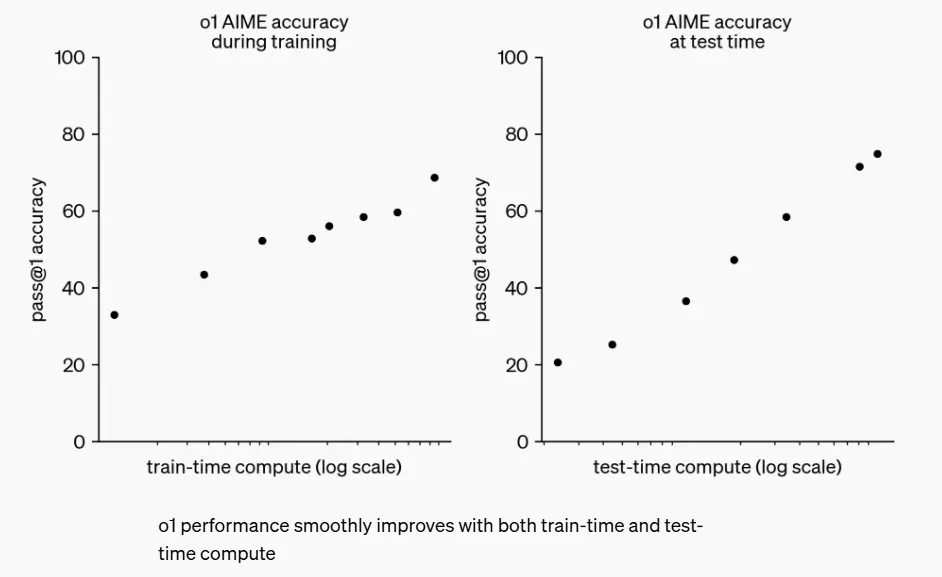
Source: OpenAI
5. Ethical AI
As AI integrates deeply into daily lives, organizations are under more pressure to handle bias and privacy issues efficiently. As deepfakes, copyright issues, and other malicious uses of generative AI become common, embracing AI governance platforms will be a common trend in the coming years.
These platforms will help assess new-age AI systems’ potential risks and harms. They will ensure that all appropriate controls are followed during the model life cycle. They will also help track usage, monitor system performance, and ensure systems remain aligned with AI governance standards over time.
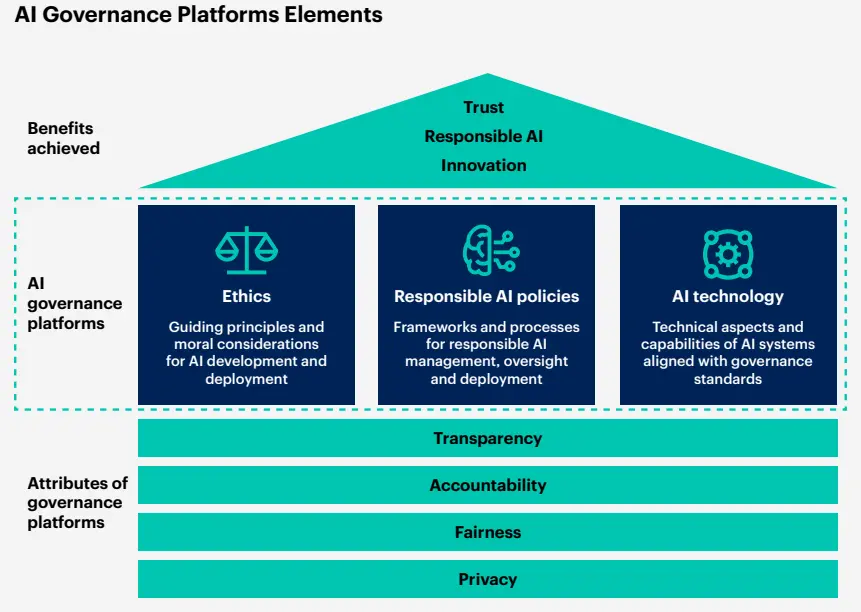
Source: Gartner
Ready for the Next Wave of GenAI Transformation?
Artificial Intelligence undeniably drives the future, and 2025 will set the stage for the next wave of transformation. The coming year will be a turning point for businesses embracing GenAI, reshaping how they operate, compete, and innovate.
With breakthroughs in agentic AI, retrieval-augmented generation, self-training models, inference scaling, and ethical AI shaping the future of business, these trends will enhance operational efficiencies like never before.
Companies adopting these Artificial Intelligence trends must balance excitement with careful implementation and AI governance. They must ensure that GenAI’s benefits are realized while mitigating risks such as errors, misuse, and high costs. By keeping up with these trends, businesses can harness the full potential of Generative AI and position themselves for success in the future.
About the Author
Jay Cann is the Chief Technology Officer of Customer Experience at Synoptek and plays a pivotal role in AI leadership. He brings unparalleled expertise in developing and implementing cutting-edge technology. He is instrumental in utilizing artificial intelligence to create personalized, intelligent customer experiences and frequently shares his knowledge on technology, development strategies, and AI-driven customer experience innovations.


